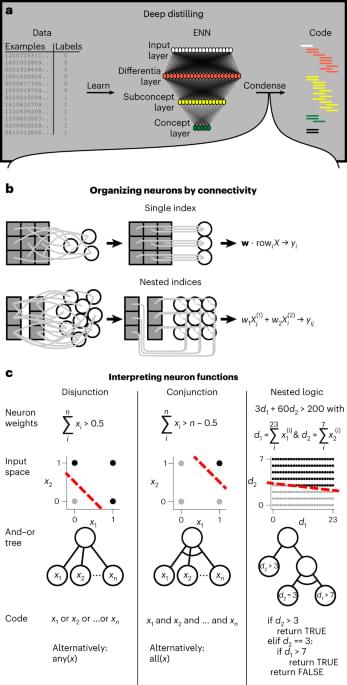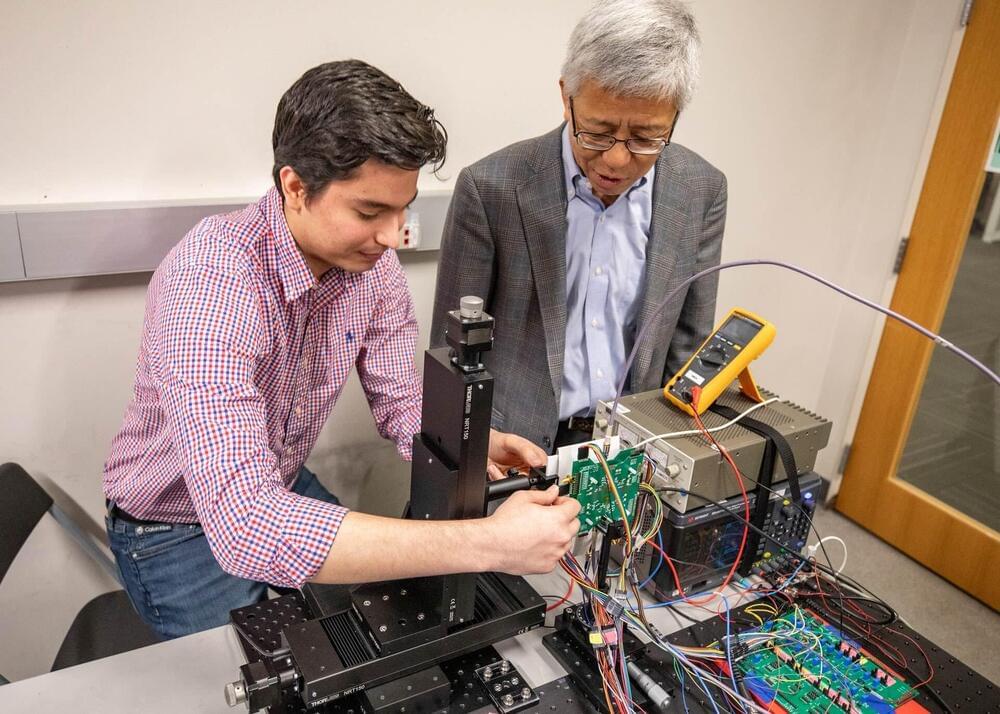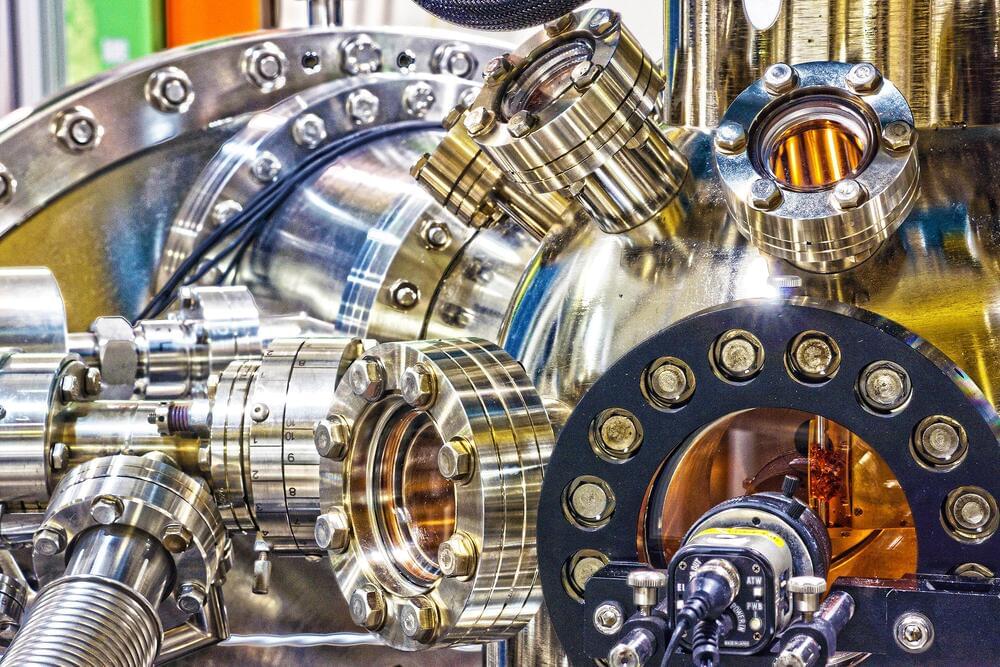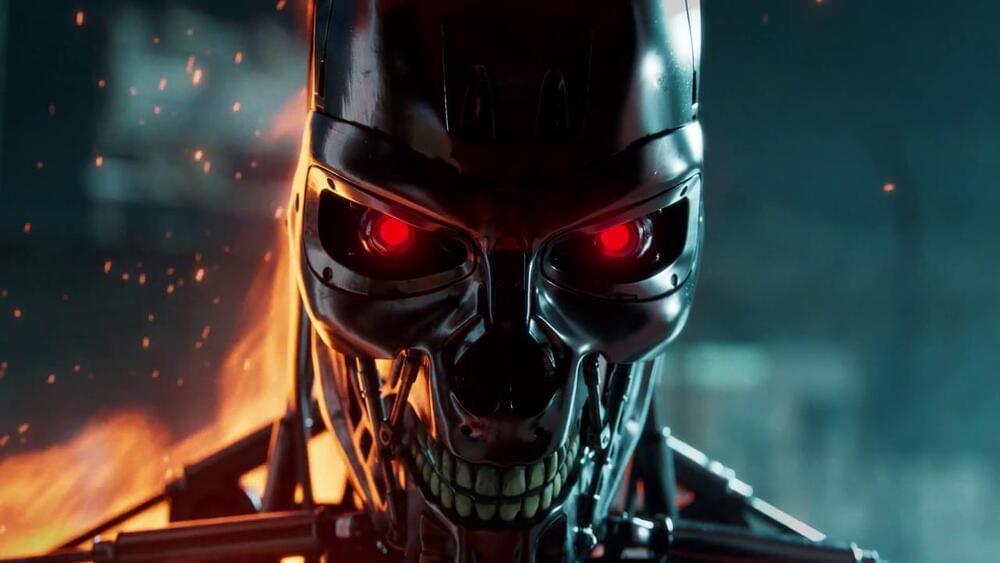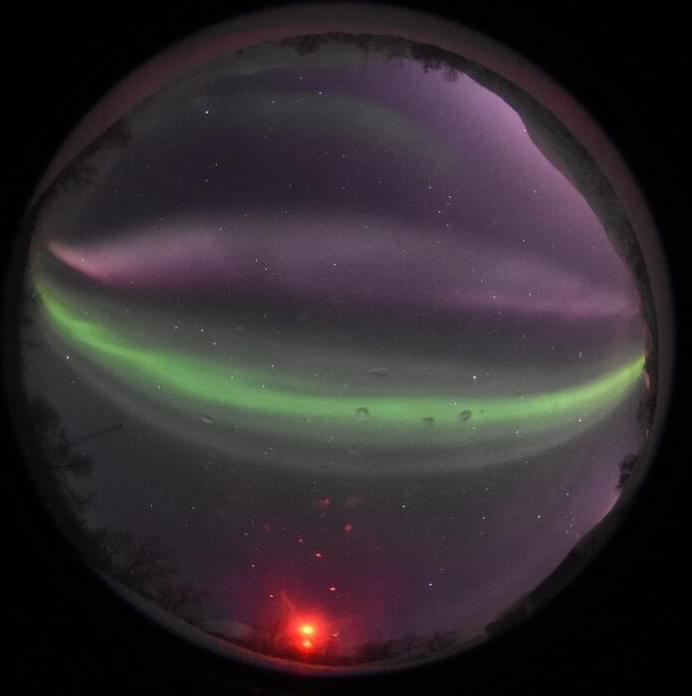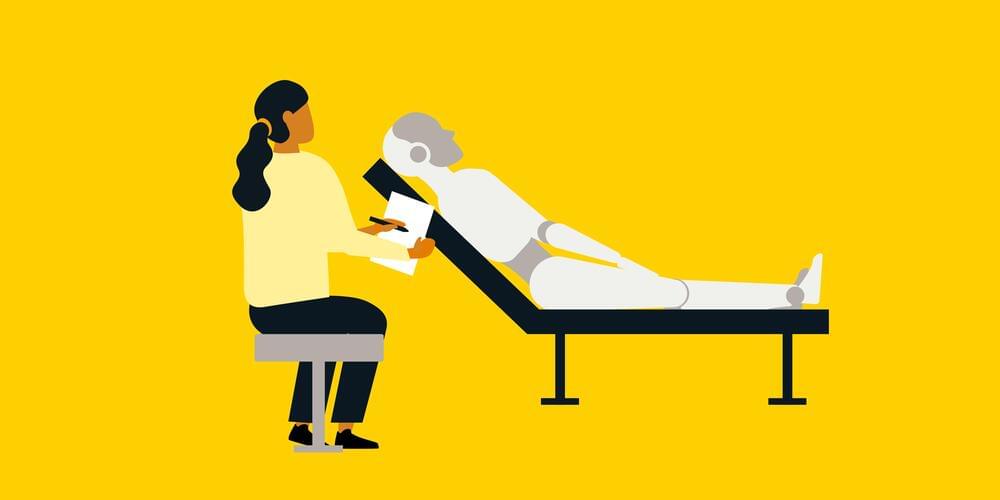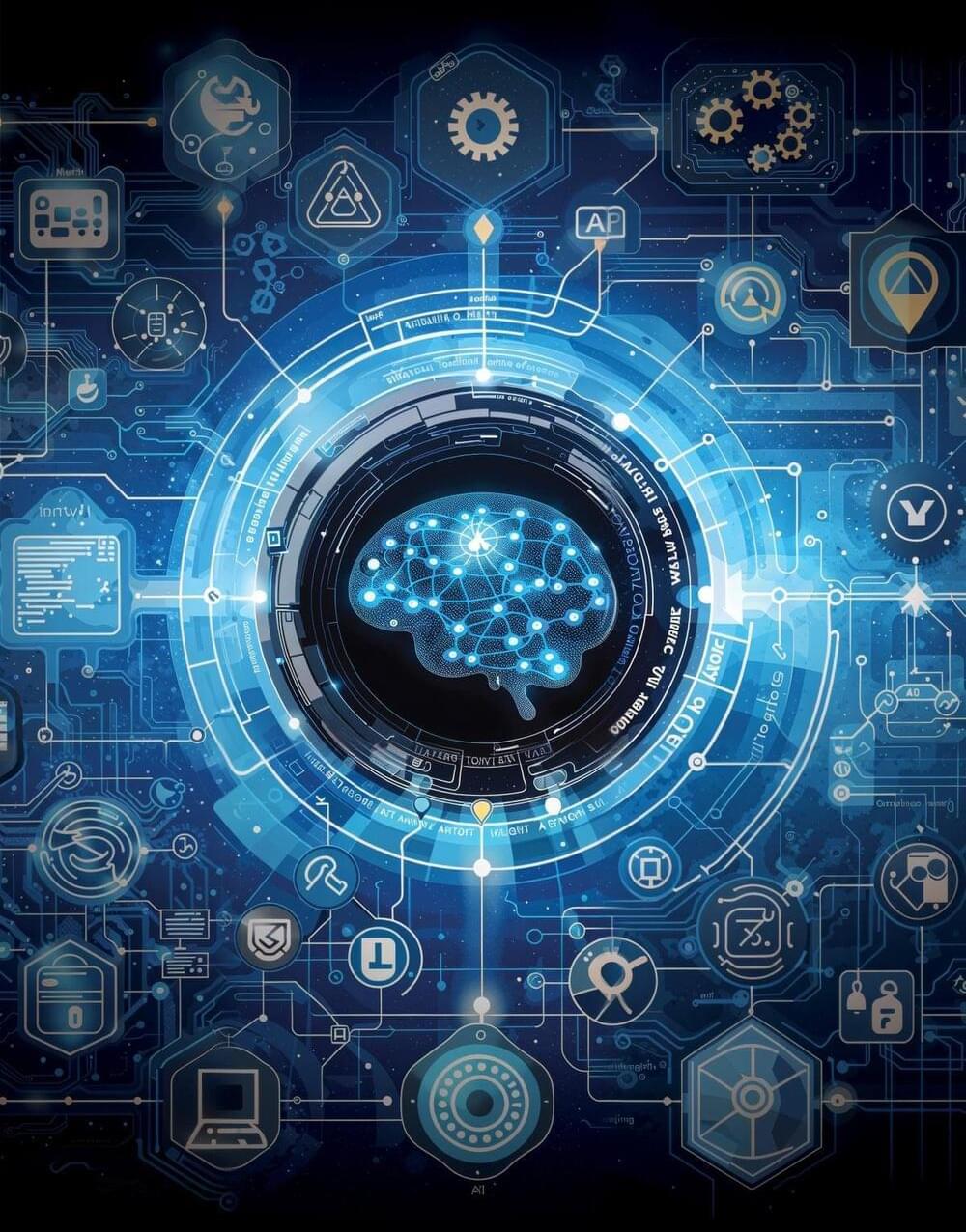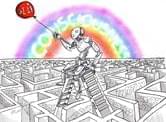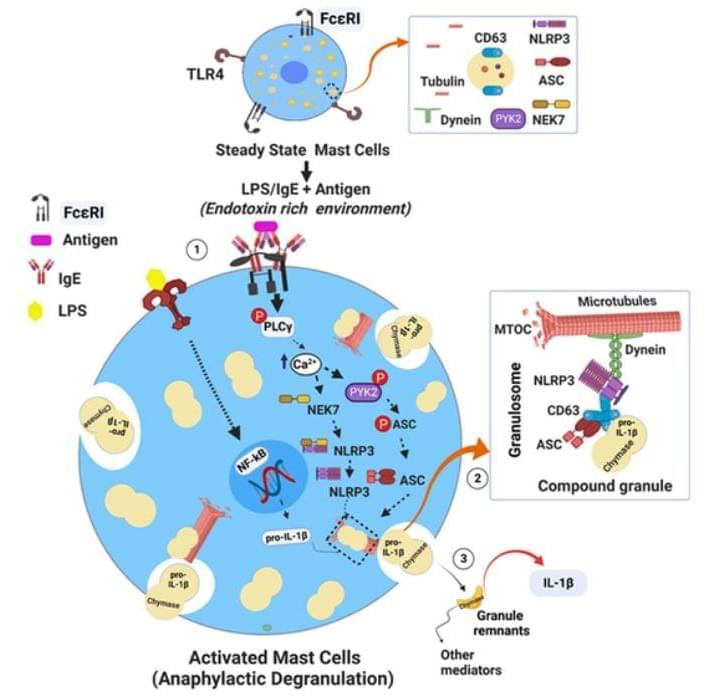
Scientists at Duke-NUS Medical School have identified how the first domino falls after a person encounters an allergen, such as peanuts, shellfish, pollen or dustmites. Their discovery, published in the April issue of Nature Immunology, could herald the development of drugs to prevent these severe reactions.
It is well established that when mast cells, a type of immune cell, mistake a harmless substance, such as peanuts or dust mites, as a threat, they release an immediate first wave of bioactive chemicals against the perceived threat. When mast cells, which reside under the skin, around blood vessels and in the linings of the airways and the gastrointestinal tract, simultaneously release their pre-stored load of bioactive chemicals into the blood, instant and systemic shock can result, which can be lethal without quick intervention.
More than 10 per cent of the global population suffers from food allergies, according to the World Health Organisation (WHO). As allergy rates continue to climb, so does the incidence of food-triggered anaphylaxis and asthma worldwide. In Singapore, asthma affects one in five children while food allergies are already the leading cause of anaphylactic shock.
